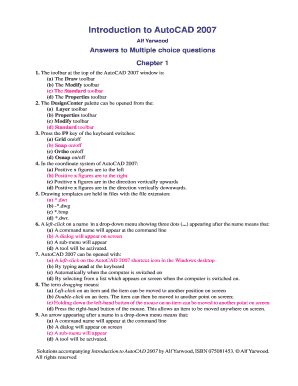
Appropriate diagnosis and therapy for heart failure are important given the poor prognosis. Symptoms of heart failure can be caused by systolic or diastolic dysfunction. There is no single diagnostic test for heart failure therefore, it remains a clinical diagnosis requiring a history, physical examination, and laboratory testing. Heart failure is a common clinical syndrome characterized by dyspnea, fatigue, and signs of volume overload, which may include peripheral edema and pulmonary rales. Evaluation for ischemic heart disease is warranted in patients with heart failure, especially if angina is present, given that coronary artery disease is the most common cause of heart failure. Echocardiography is the diagnostic standard to confirm systolic or diastolic heart failure through assessment of left ventricular ejection fraction. Systolic heart failure is unlikely when the Framingham criteria are not met or when B-type natriuretic peptide level is normal.

A displaced cardiac apex, a third heart sound, and chest radiography findings of venous congestion or interstitial edema are useful in identifying heart failure.

The initial evaluation includes a history and physical examination, chest radiography, electrocardiography, and laboratory assessment to identify causes or precipitating factors. Up to 40 to 50 percent of patients with heart failure have diastolic heart failure with preserved left ventricular function, and the overall mortality is similar to that of systolic heart failure. Many conditions, such as coronary artery disease, hypertension, valvular heart disease, and diabetes mellitus, can cause or lead to decompensation of chronic heart failure.

Heart failure has high morbidity and mortality rates, especially in older persons.


 0 kommentar(er)
0 kommentar(er)
